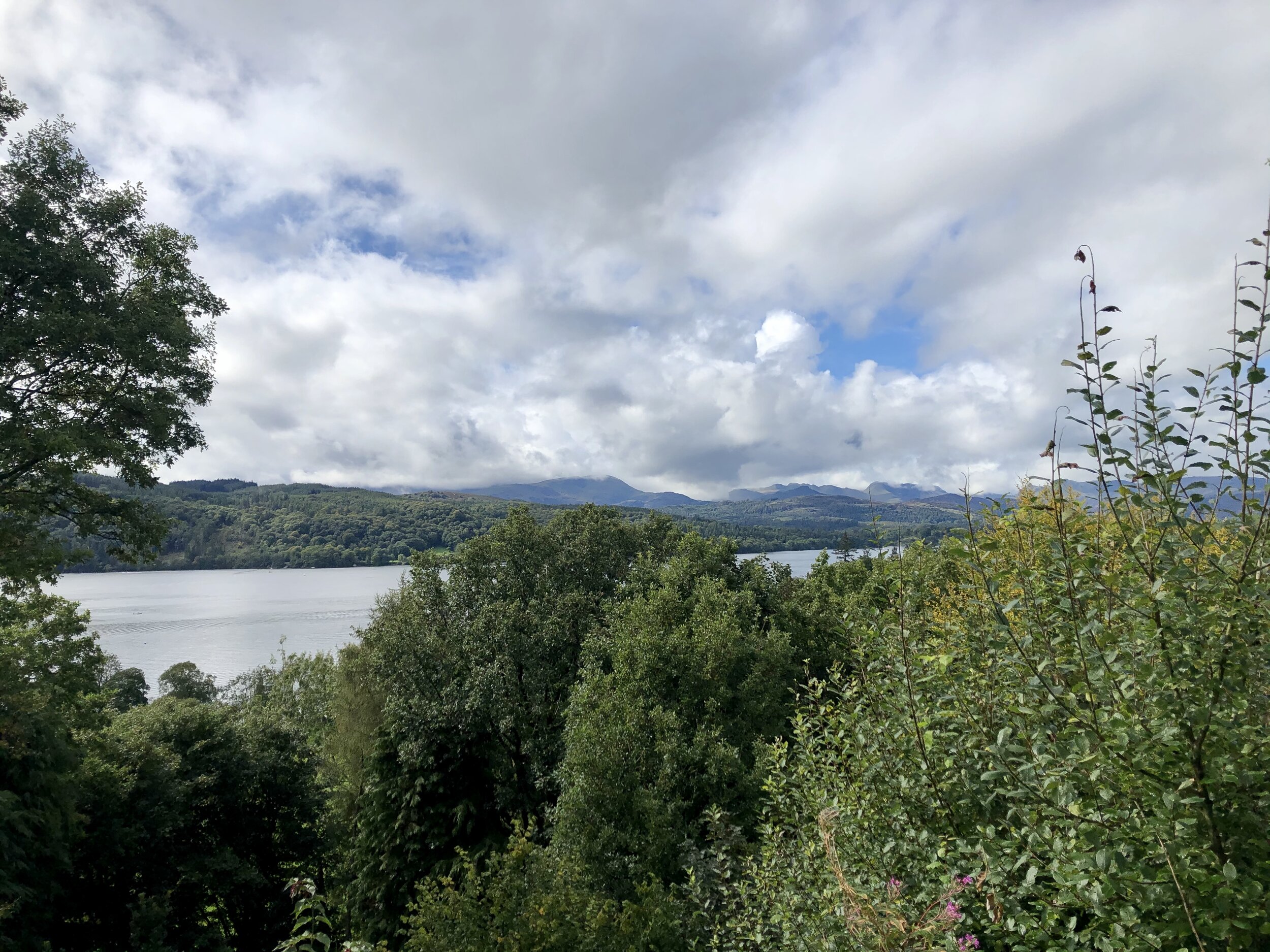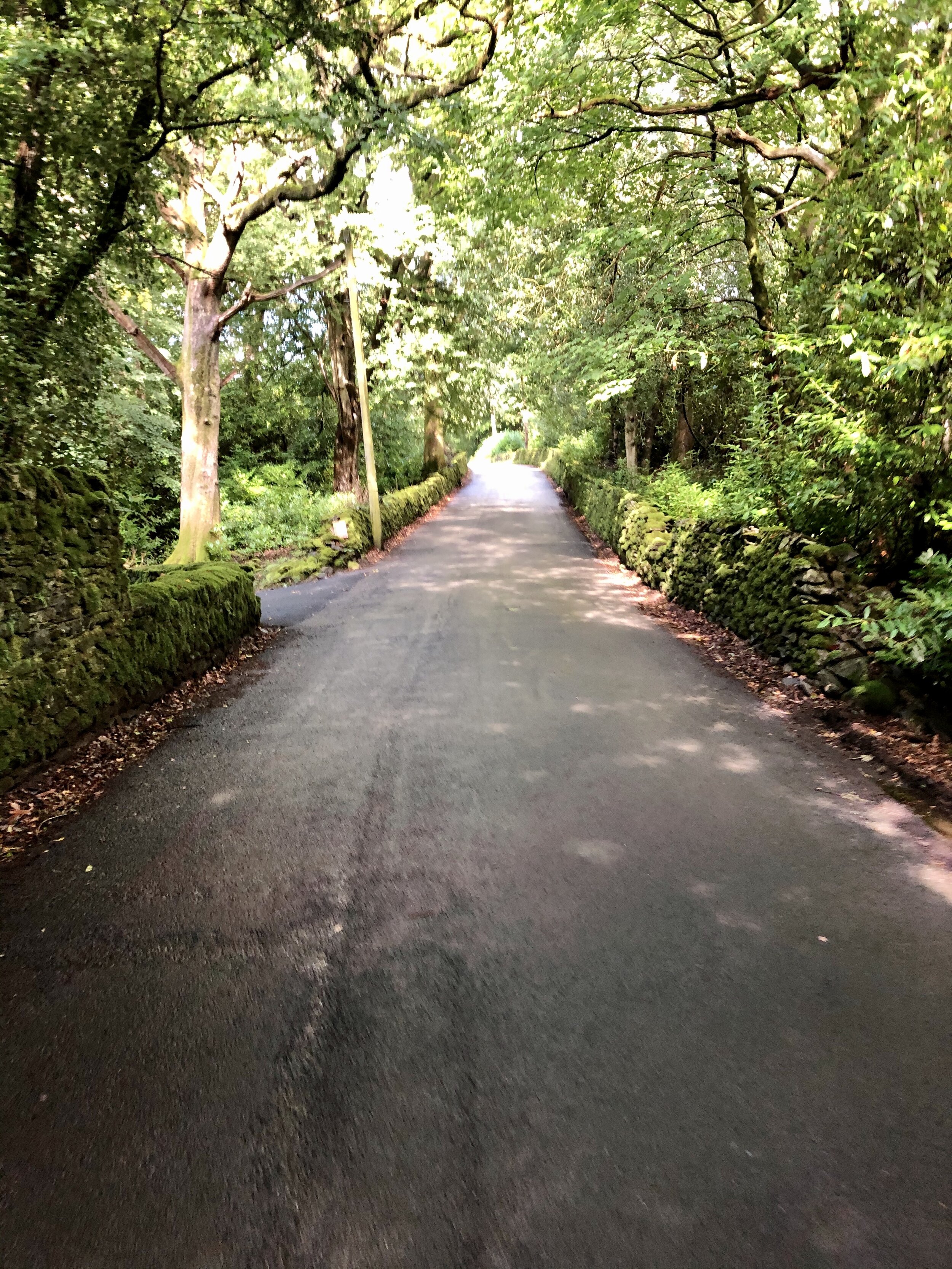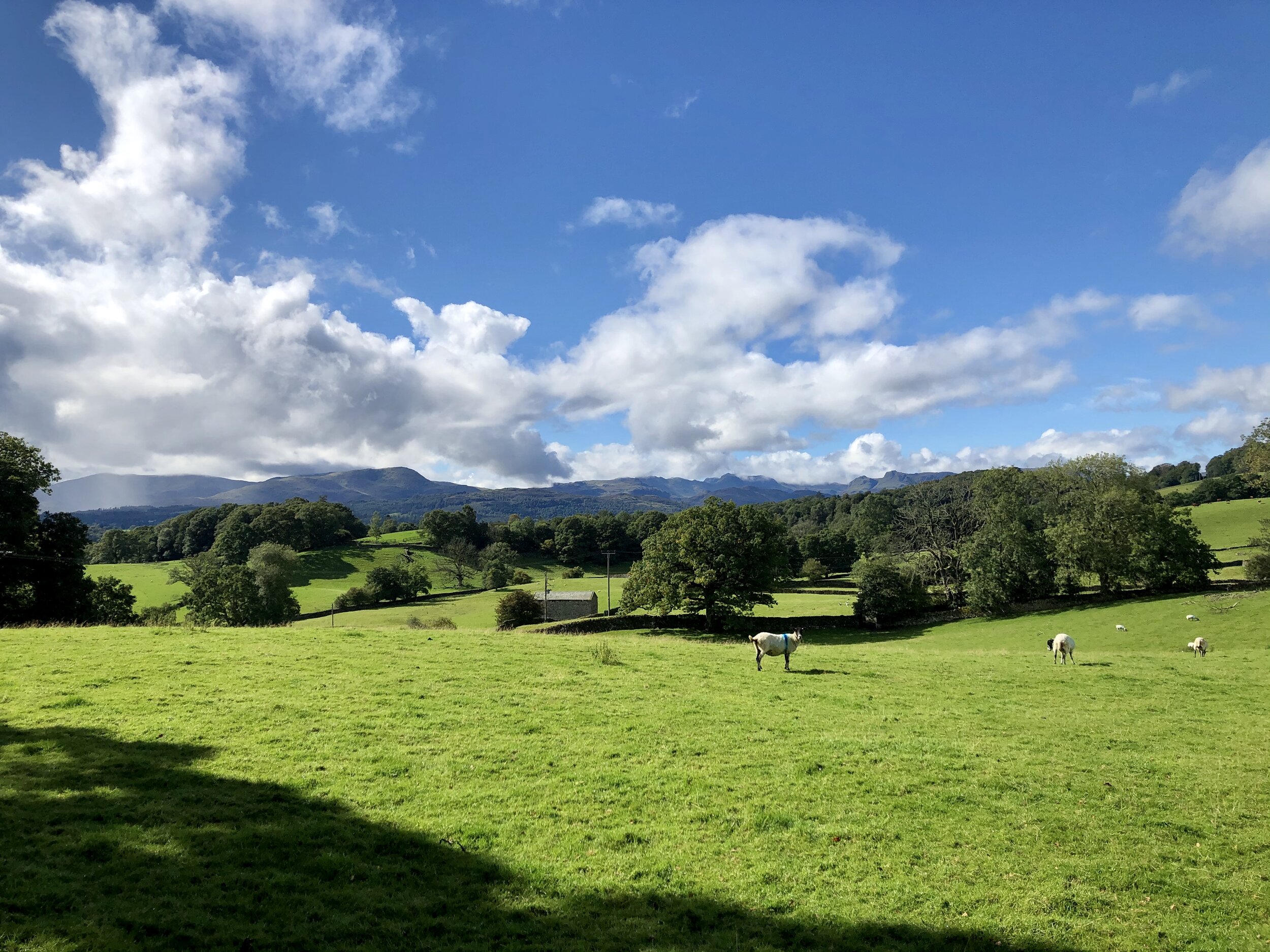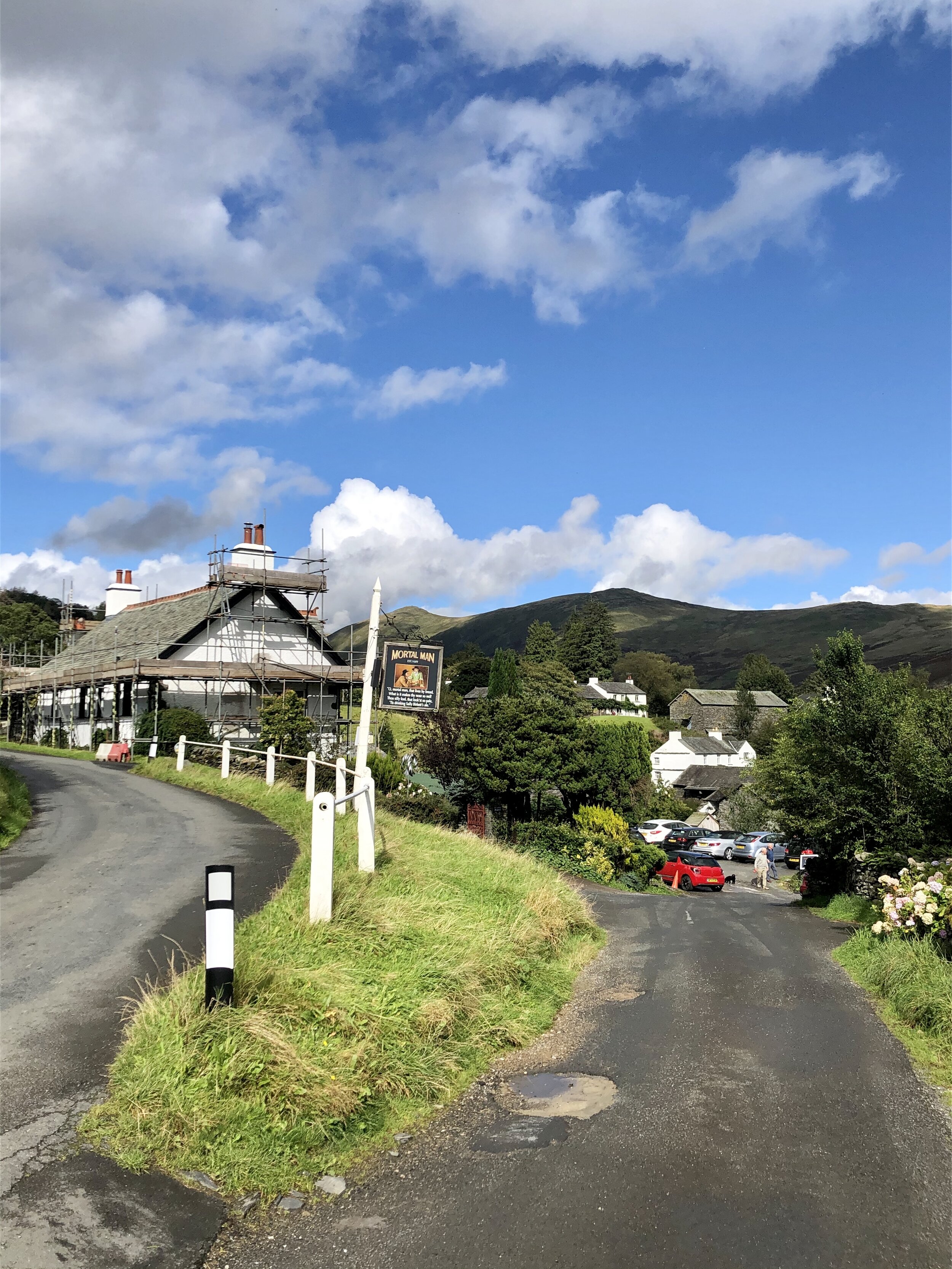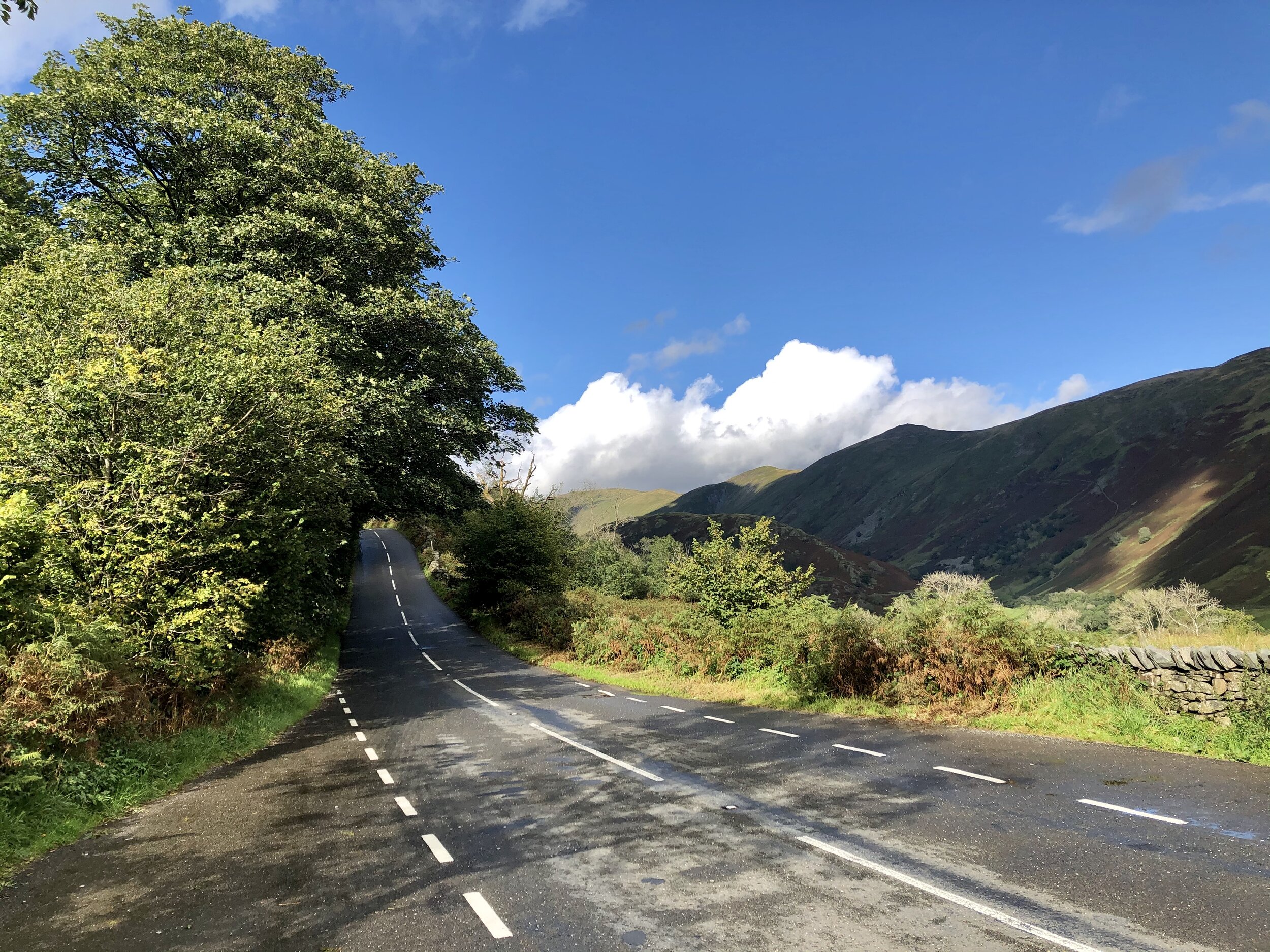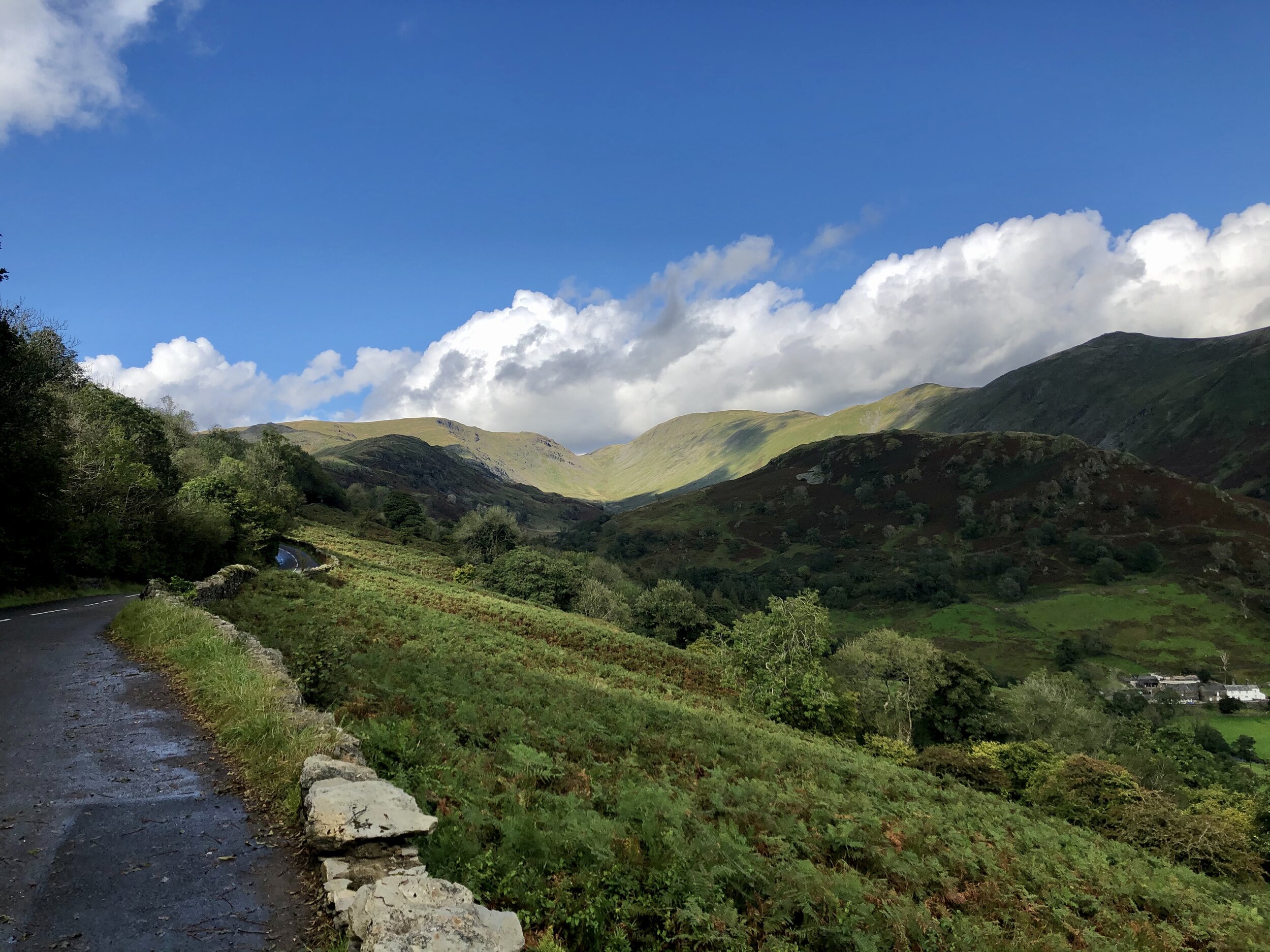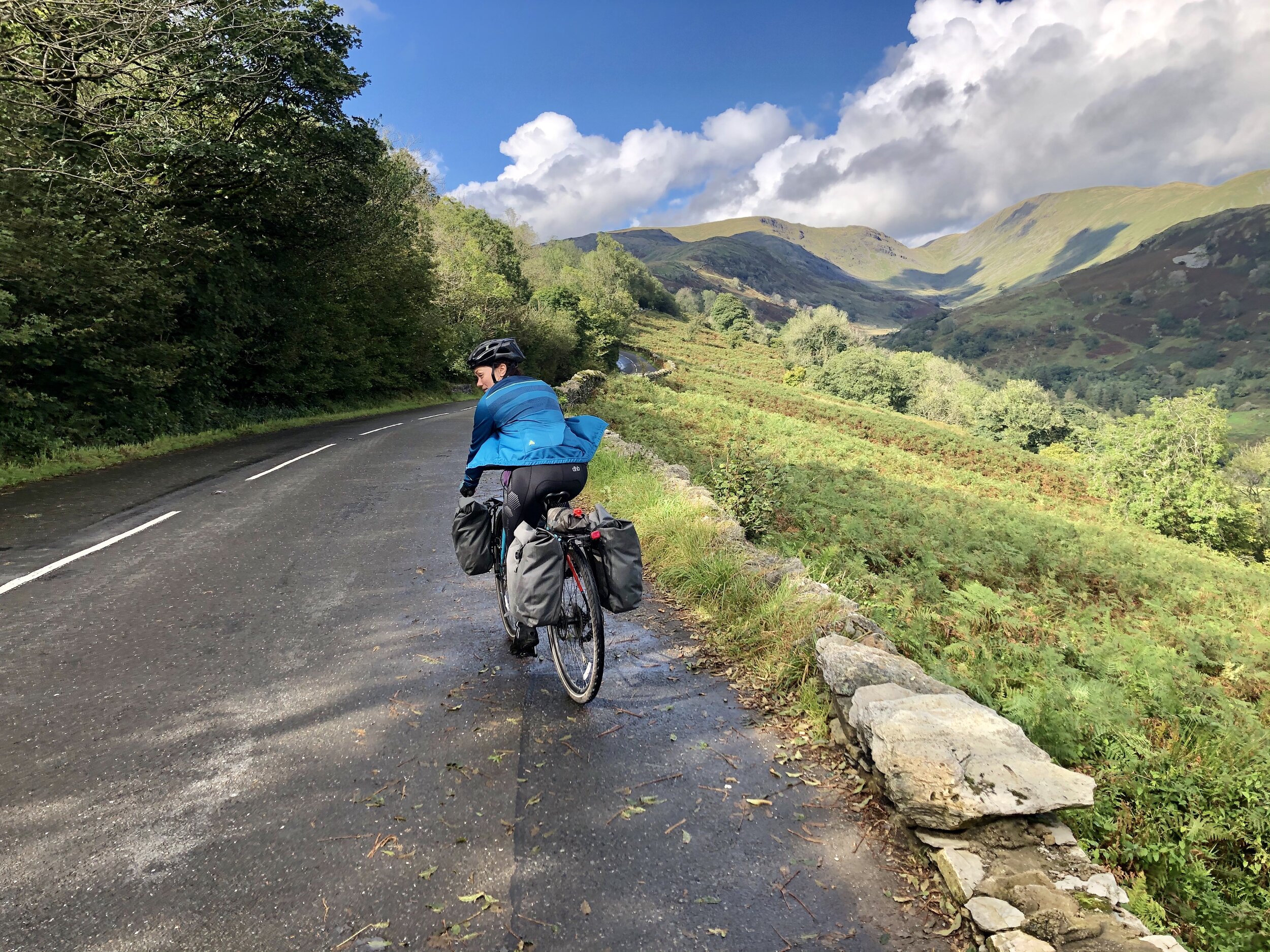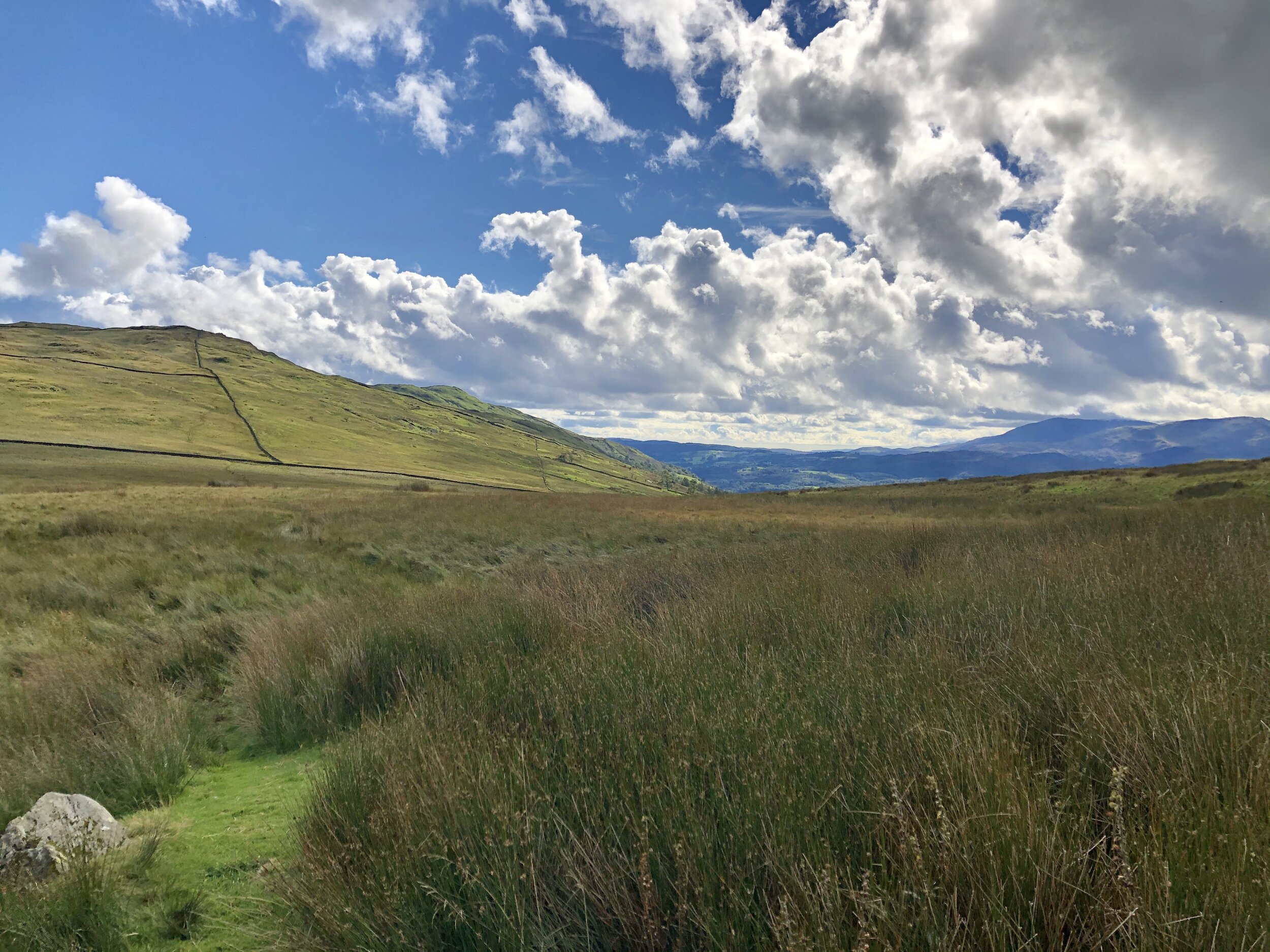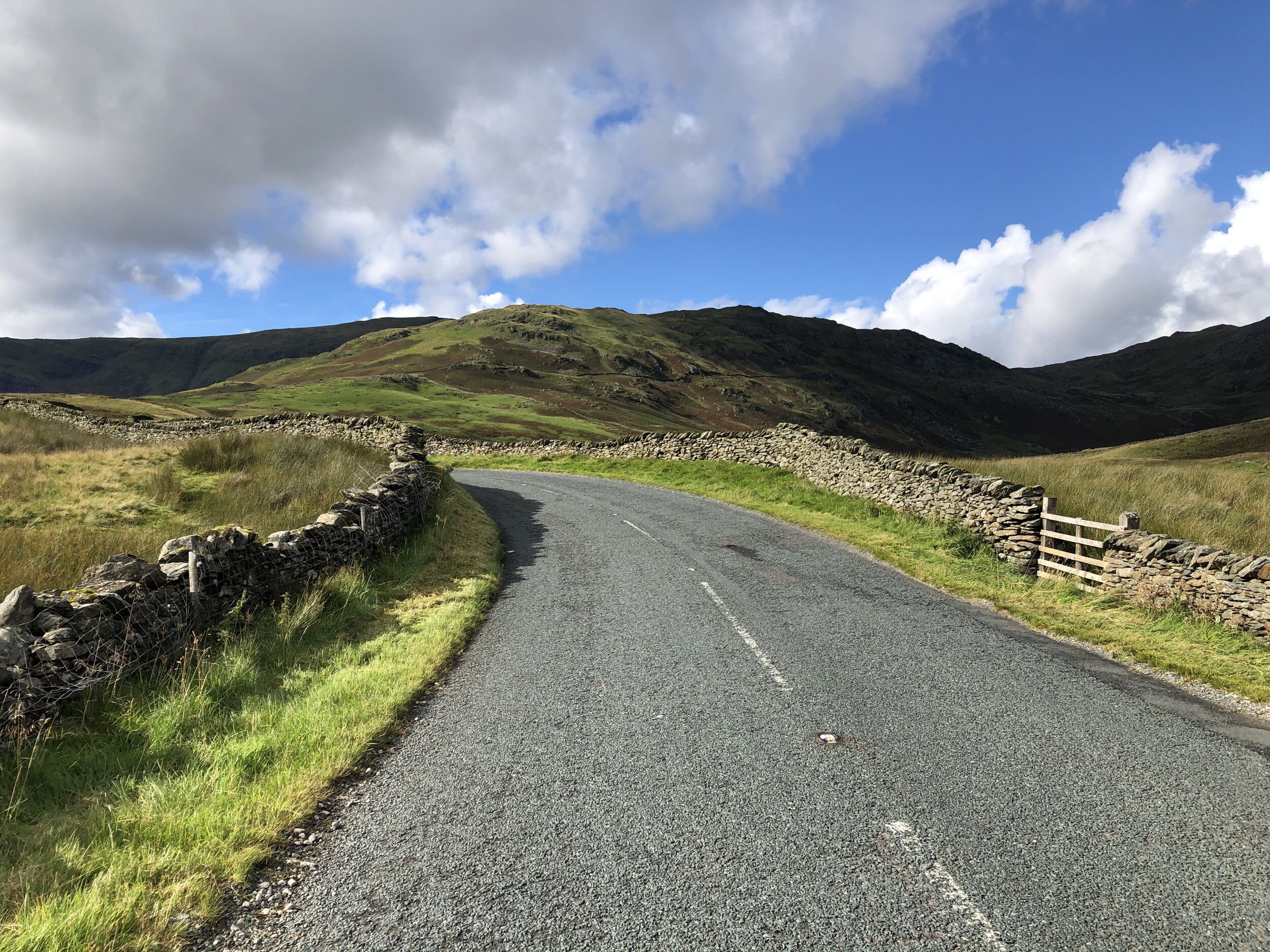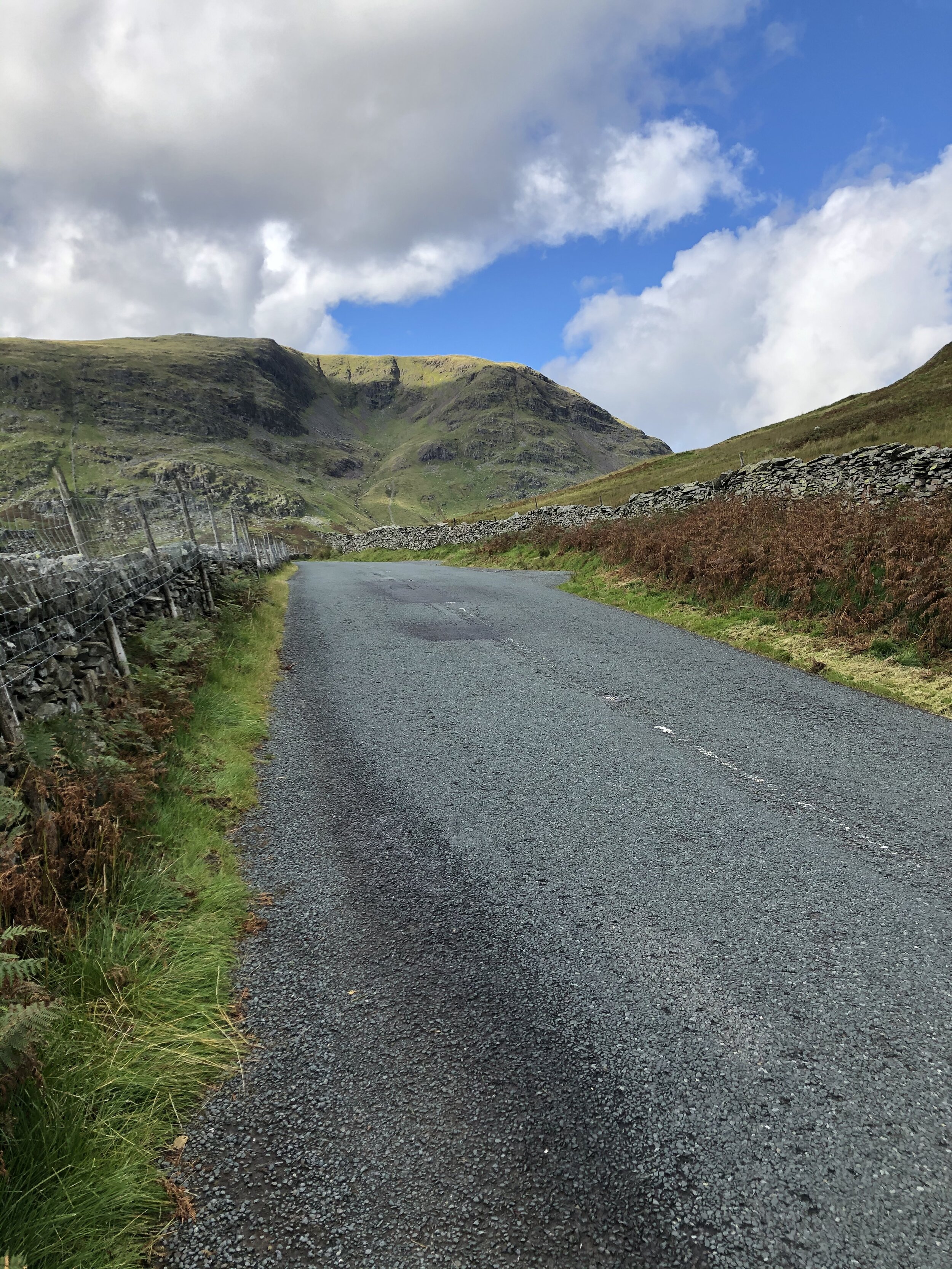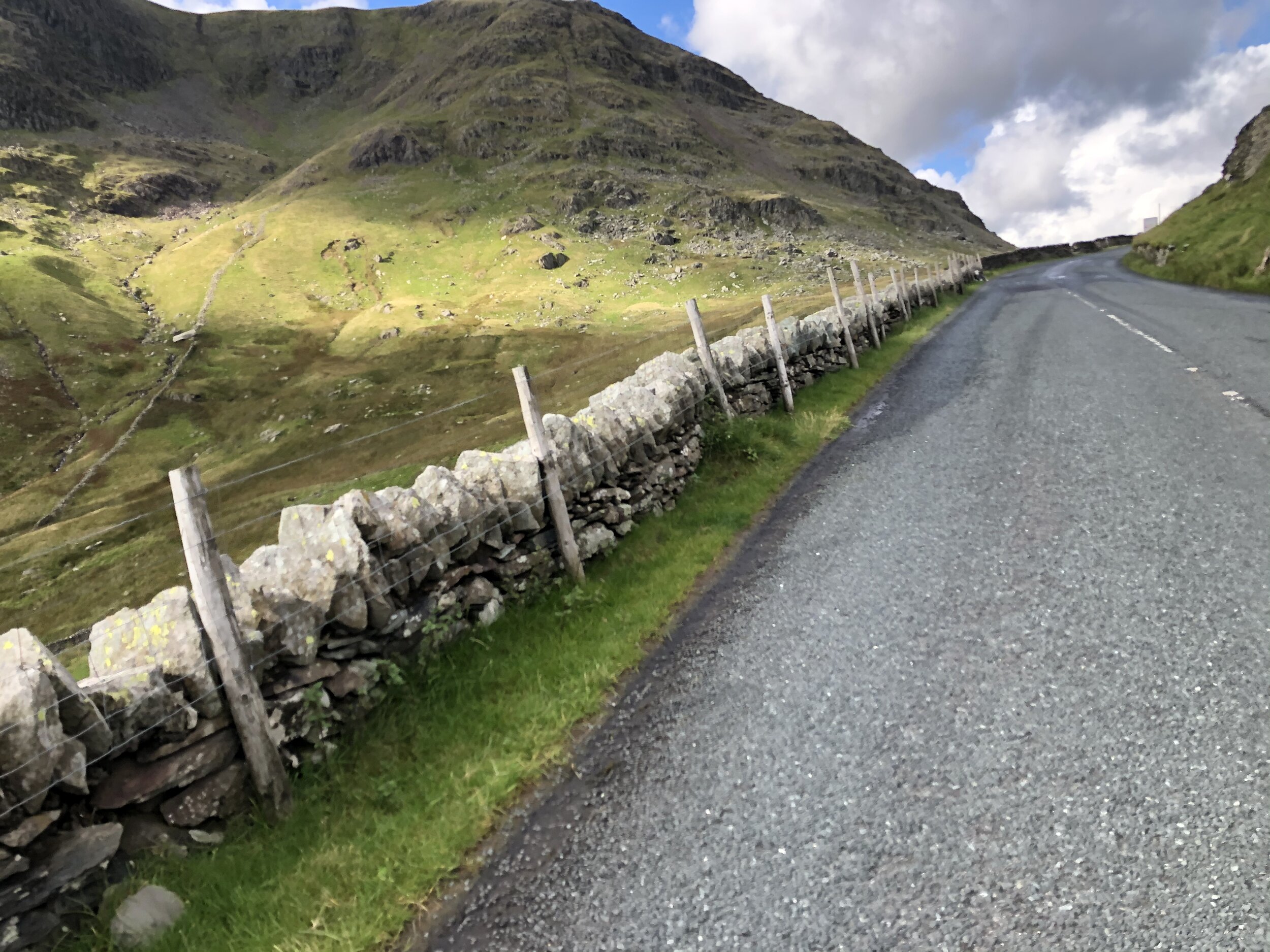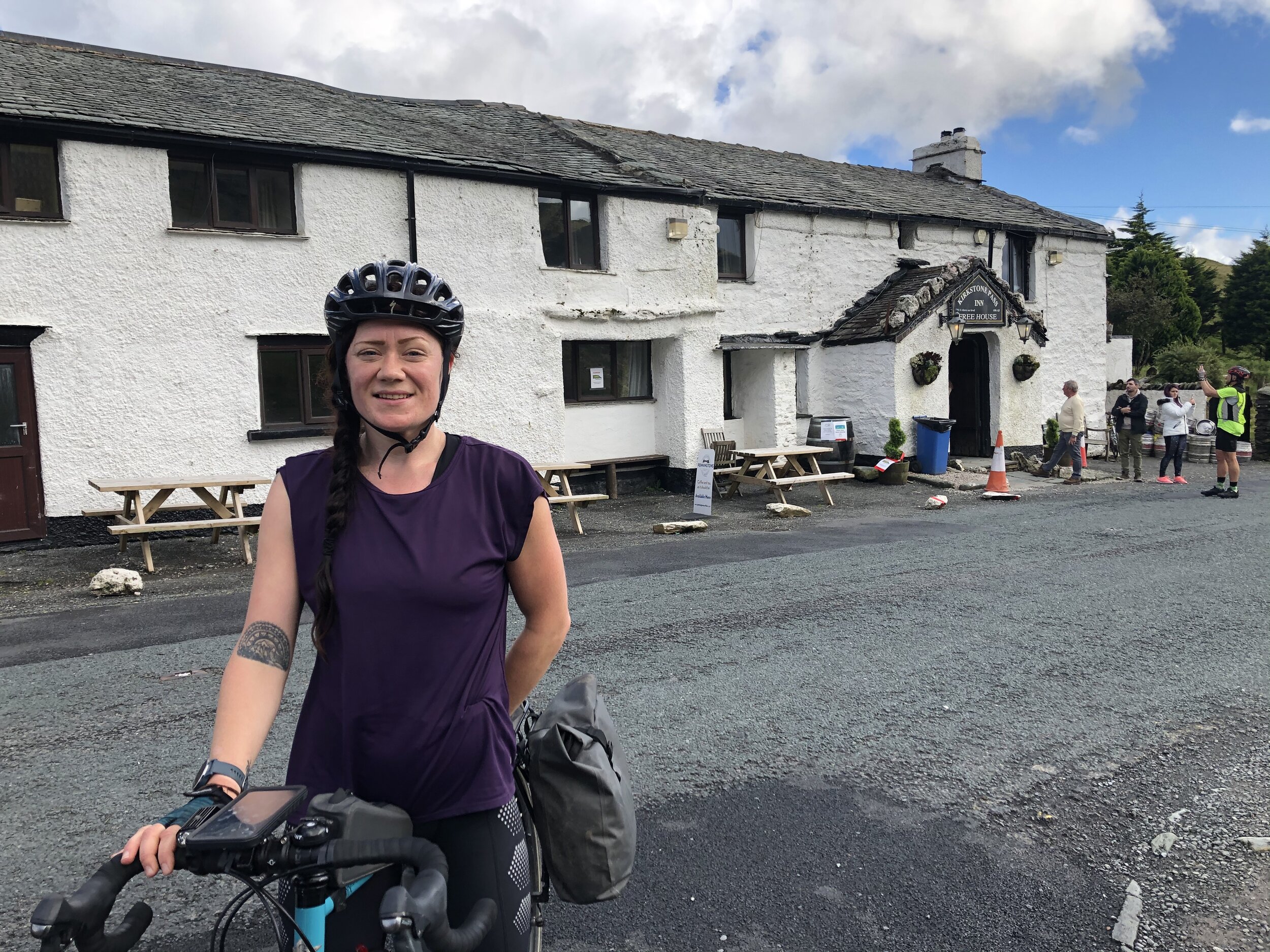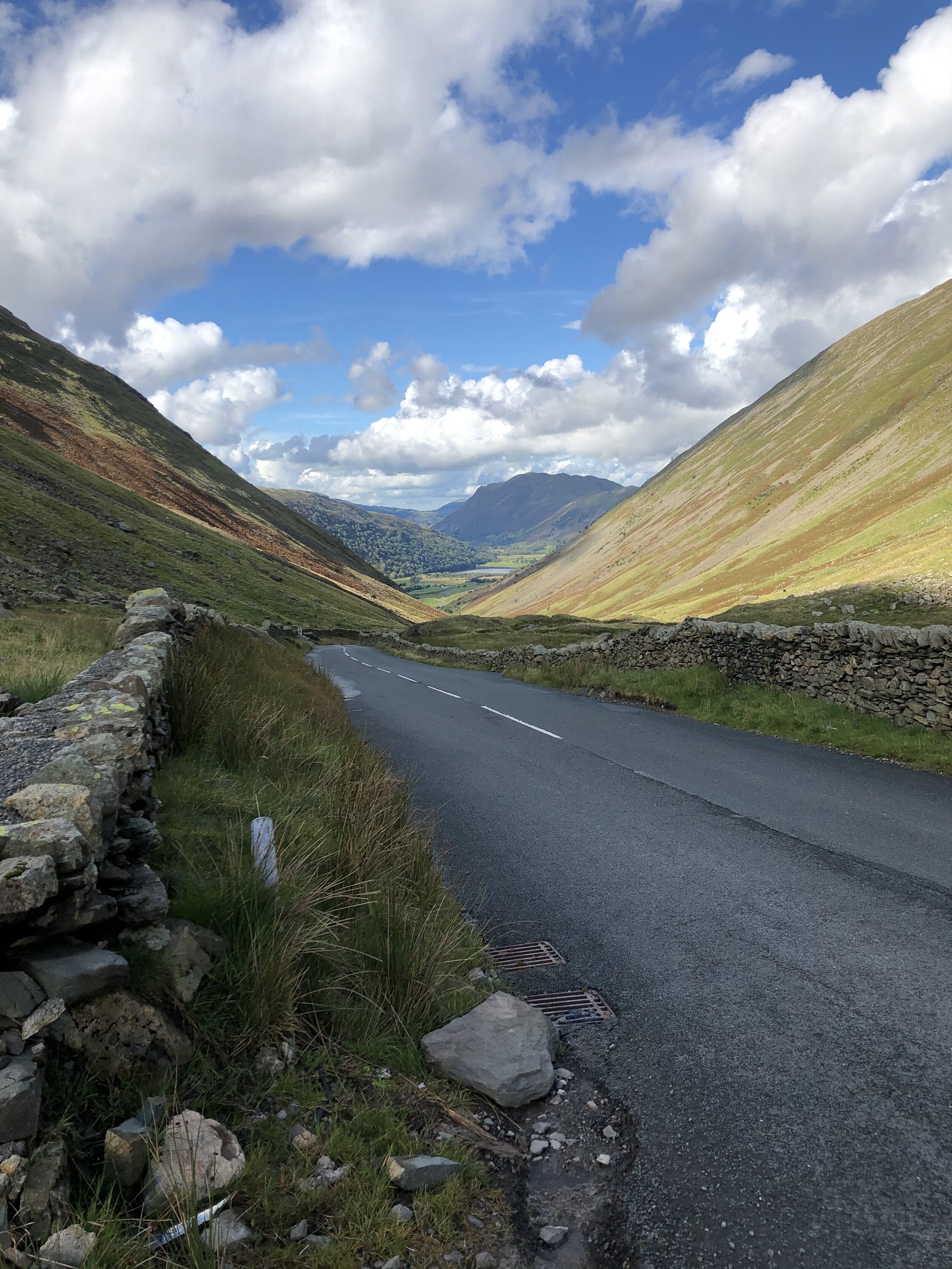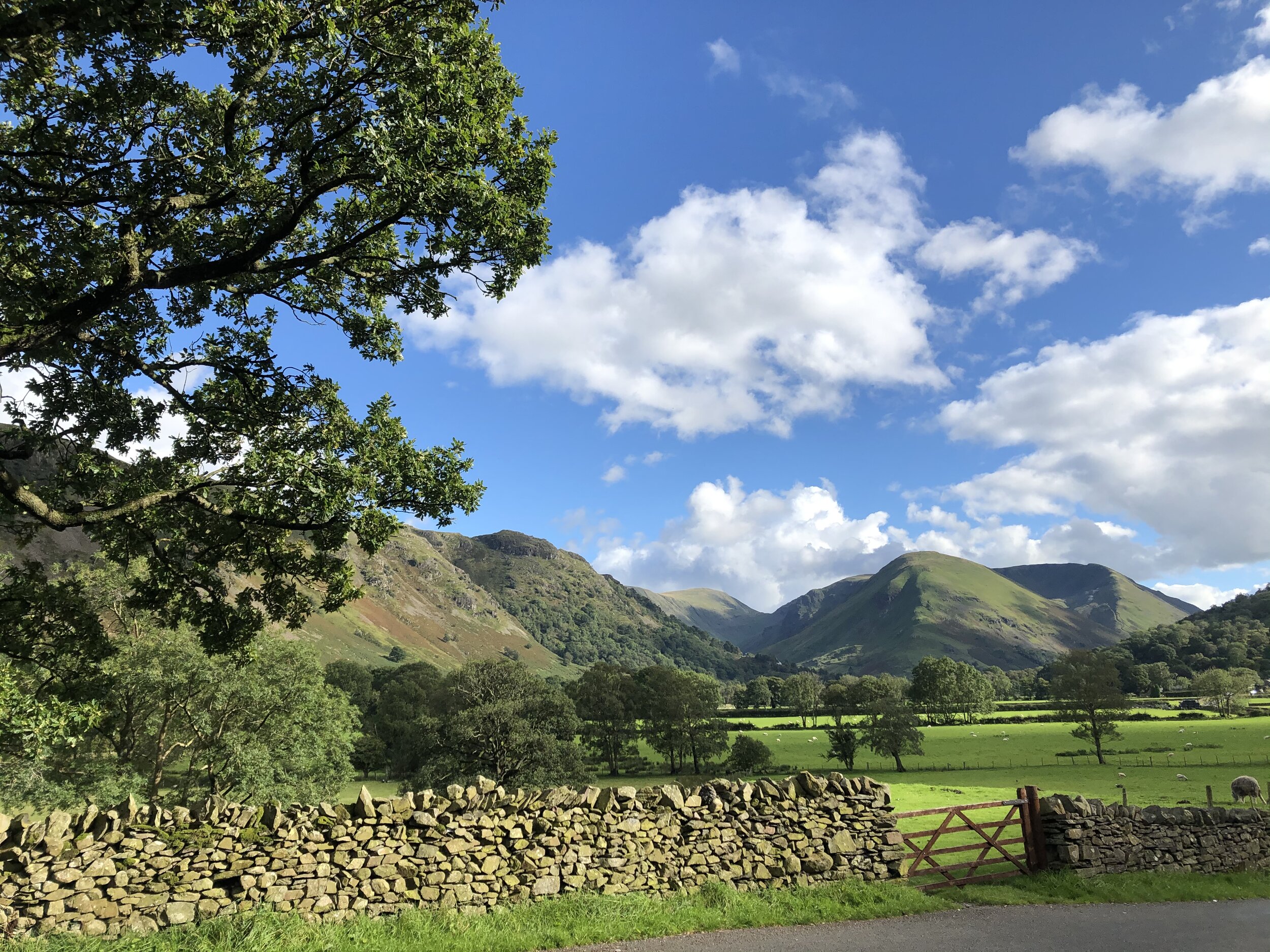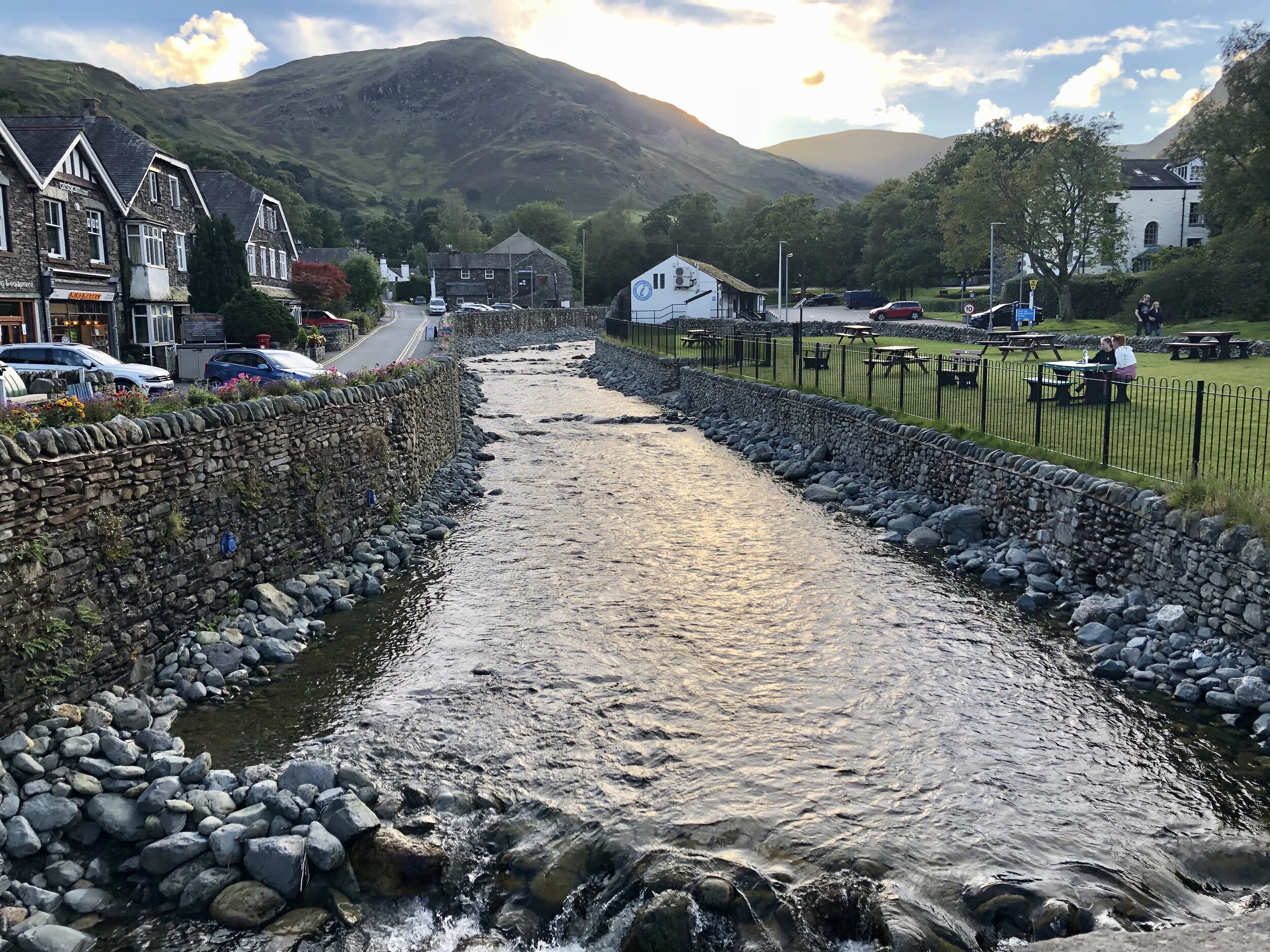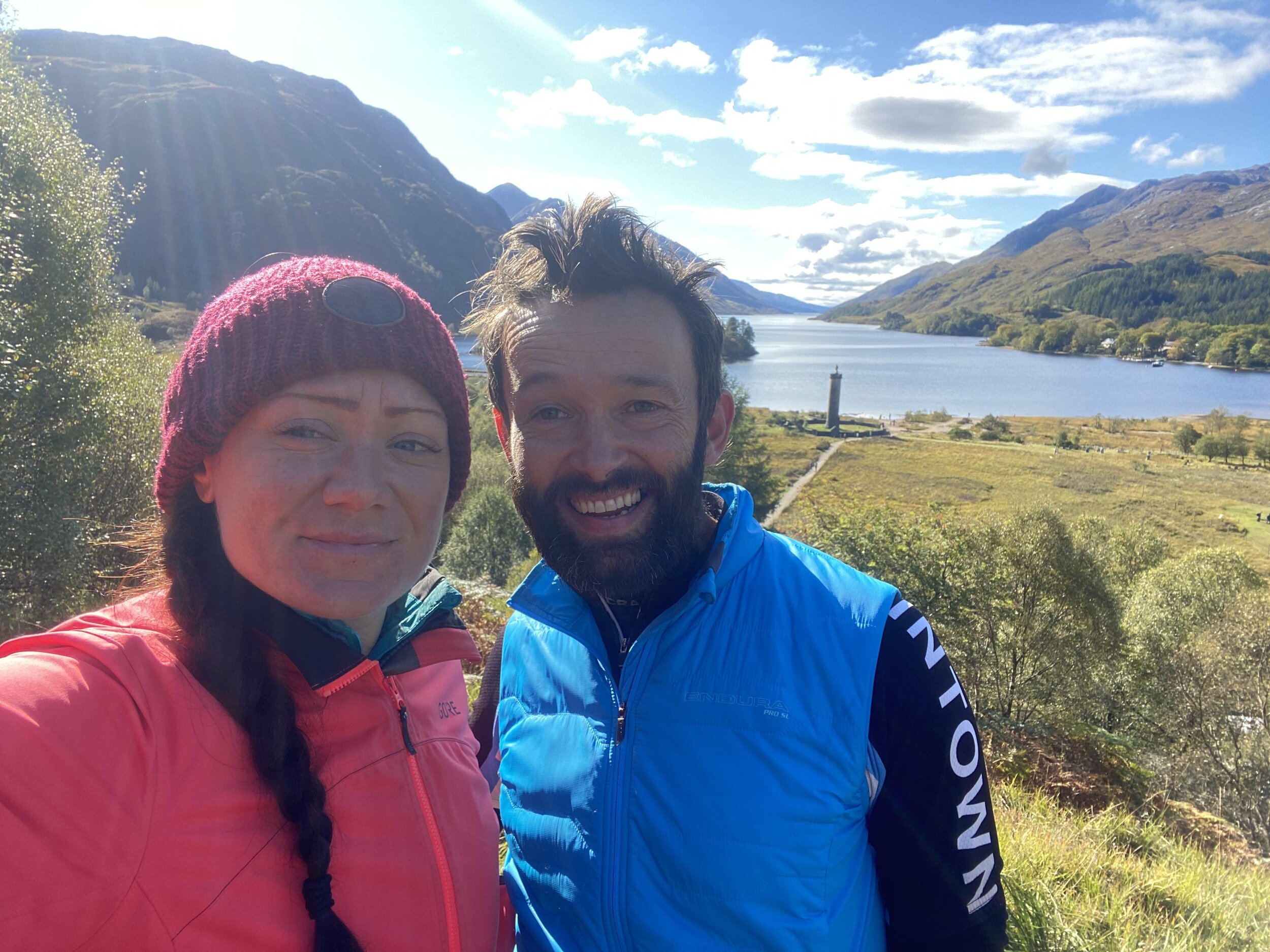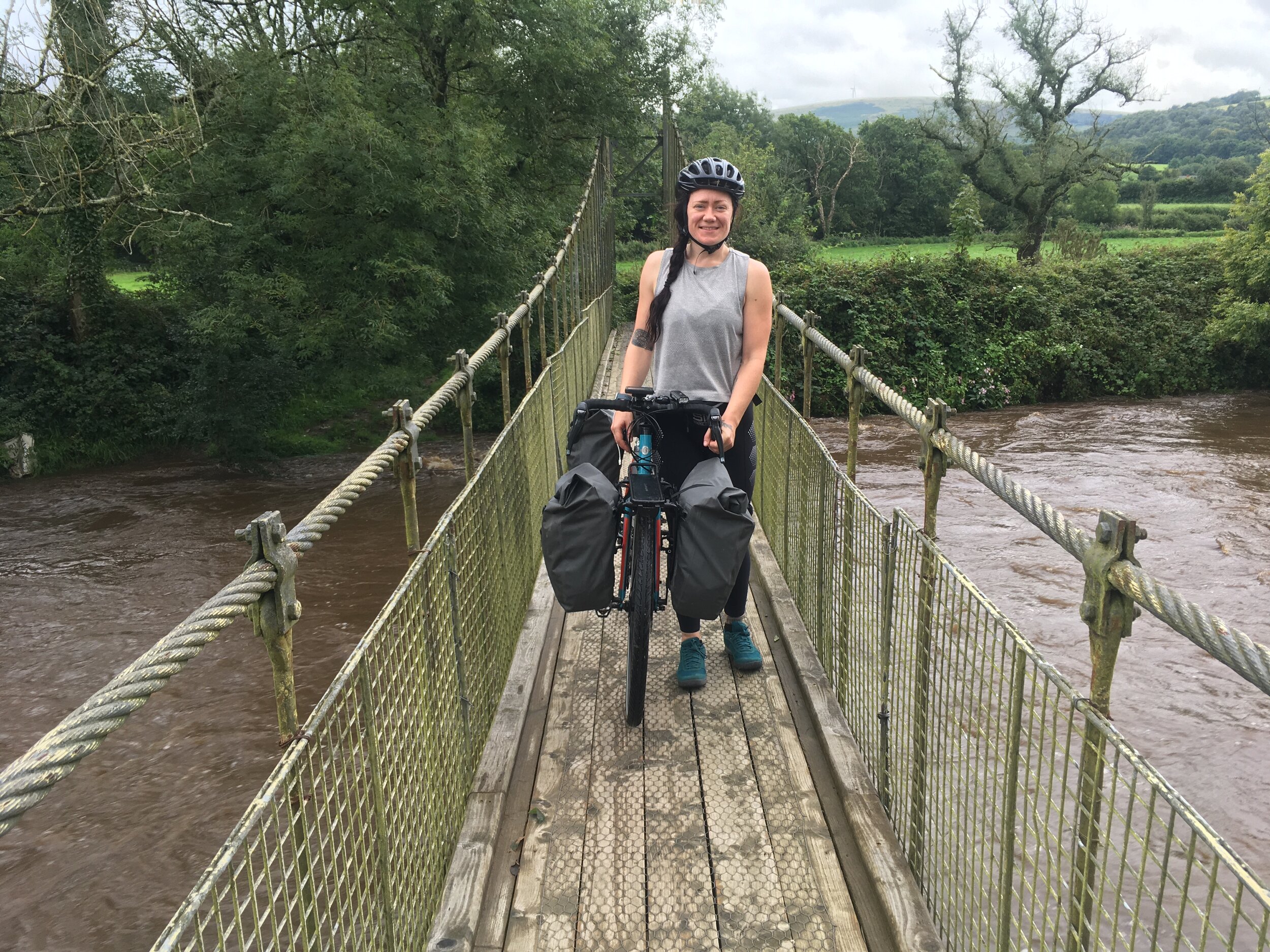We have had some great news
It was a drab, grey day in November and I was stood outside an equally drab, grey building waiting to hear from Lou. The building in question was the Royal United Hospital in Bath, and Lou was inside awaiting a scan to see if we had lost our baby. Because of the bloody virus, up and down the country Lou, and other women like her, were having to go through the ordeal of tests like this all alone. All their partners could do was sit outside and wait for news.
‘Had the scan. It’s not the news we wanted I’m afraid.’
I was sat on one of those yellow grit boxes outside the hospital entrance when her text came through. Was the cold, yellow plastic slippery all of a sudden? Or was I just sinking to the floor? Down into the bowels of the Earth, through the tarmac path, through the worms and soil. Dragged deeper and deeper into the damp, dark, underworld of sadness and despair. The rain began to fall. I felt cold and lost.
The building looked uglier than ever to me now. Inside that concrete castle somewhere, Lou was sat, alone, having to grieve the loss of our child. She may have been only a few hundred metres away, but it may as well have been eternity. I couldn’t see her, couldn’t reach her, hold her close, and tell her that it was going to be alright. Because that is what this virus has done to people. It has driven a stake through those vital moments in life - of grief and of joy - when people need to be together. That very day Lou and I could have walked into a supermarket together and carried out our weekly grocery shop, but we weren’t able to be together at a time when we really needed to be. If you’re wondering, I don’t blame anyone for this. Certainly not the wonderful doctors, nurses, reception staff, porters, and cleaners within those four walls. Not even the government for their sometimes-nonsensical rules. This has been a time of great uncertainty, of things that have never gone before, of learning as we go, and of doing what we can. I just wish that it hadn’t needed to be that way, that’s all.
I hauled myself up from the floor. I had to be strong. Lou would be out soon, and she would need my support. Through the windows above, I could see nurses scurrying by, working hard to help others like they always do, but with added pressure on their own lives. A steady stream of large-bellied ladies headed in and out of the large glass doors, a cruel reminder of appointments we would now not get to experience. Scans that we wouldn’t get to see. Stubby, pink, new-born fingers and toes we would never get to feel.
Eventually, Lou emerged through the glass sliding doors, now glistening brightly in the bright sunshine that often follows the rain. But it still felt like a grey day. We held each other and cried, then we climbed into the van and drove away.
We had only discovered Lou was pregnant a few days before the end of our long-distance charity bike ride. In fact, it turned out she had cycled half of our trip, around 1,000 miles, whilst pregnant. Her tiredness and breathing challenges made more sense now. We thought it had simply been the difficulties of the challenge, coupled with the ongoing breathing problems she had been experiencing over the past year, and for which she’d been undergoing various tests of her heart.
By the time we discovered Lou was pregnant, we’d already made the decision to pause our adventure for the year in a few days’ time anyway. Virus cases were rising across Britain, more local lockdowns were being enforced, and the weather was turning. We knew it was the right decision, but we both hated the fact that we were stopping. We’d set out to complete the challenge, and we didn’t want to give in. Once Lou told me the news though, I was glad we weren’t continuing. I’d been worried enough when I felt responsible for keeping Lou safe. Now I had to make sure I protected her and our unborn child. I considered suggesting we stop straight away, but I knew what she was like and that she would say no. Our plan was to make it through all of the National Parks and National Scenic Areas in Scotland, tipping over the 2,000-mile mark. Exactly halfway towards the total, and meaning that when we did start again in future, we’d be straight back over the border into England for a whole new leg to the adventure. When we rolled into Melrose on that final Friday, I was delighted to have experienced all the things we had over those few months, but more than anything I was relieved that all members of our new family had made it through safely.
Of course, we knew from the outset that miscarriages, especially in the first 12 weeks, are common. We’d heard the statistics that one in four pregnancies end in miscarriage. It doesn’t mean you expect it to happen though, and it certainly doesn’t make it any easier to bear when it does occur. You want it so badly that you just hope everything will be ok. You hope that being fit and healthy will increase the chances that everything will be fine. But it doesn’t work like that.
And because miscarriage is so common, it’s often considered perceived wisdom not to tell anyone about the pregnancy in the early stages. But as Lou rightly pointed out in the days after we’d lost Squidge (this was as far as we’d got in the naming process), when you do lose a baby, you then have two pieces of news to tell people - you did have some great news, but very sadly now you don’t. And there’s a danger at this point that it’s now so difficult to talk about, that you bottle everything up inside. Our closest family knew what had happened, but the isolation brought about by the latest lockdown meant that we just didn’t really have the opportunity to tell many people.
What followed made it even harder for Lou. We were struggling to find somewhere to live. Whilst the wonderful support from our parents meant that we always had somewhere to stay, we were living out of suitcases which is always unsettling. We tried to rent a number of properties, only to lose out to other applicants. In truth, we just weren’t particularly desirable tenants - two self-employed fitness professionals with pets in the middle of a worldwide pandemic and recession. There were other family worries for Lou too, and these were causing her a great deal of stress. To make matters worse, she suffered a number of complications after the miscarriage. She was in a great deal of pain and the doctors were concerned that the medication she was given afterwards had not worked. It was possible that she had an infection, and may need surgery. The pain left her unable to do the one thing she always used as her go to in times of stress - exercise.
I suppose that’s one of the hardest things for us men to understand about miscarriage. For us, it’s a moment of news. Deeply sad news yes, and a feeling of hurt and loss that can go on for a long time. But for the women who experience it, they have to endure the physical side too. Lou’s pain and discomfort went on for weeks, a constant reminder of the loss of the new life she carried inside her. The child she would have cared for every day for the rest of her life.
The loss, and everything else going on, hurt Lou deeply. She struggled with her mental wellbeing, and is still struggling. I think just the sheer volume of everything that had happened in the previous year weighed down on her shoulders. I found it hard yes, but I had more outlets for my stress - I could exercise every day and I was still able to write and post daily to balance. It’s why I turned to writing daily newsletters before Christmas. It helped me as much as I hope it helped you guys. Lou’s first love is teaching yoga, and without a home of our own and the space to deliver it, plus the pain and fatigue she was experiencing, she felt lost.
I could see the change in her too - that vibrant spark of bright energy that so defines her had dimmed just a little. That in itself places strain on a relationship. It’s hard when the person you love is different all of a sudden. It makes sense. Of course, it does. But that doesn’t make it easy to deal with.
Why am I telling you all of this? you may ask. I guess there are a number of reasons why I wanted to share it with you:
We’ve always believed that opening up, talking about things, sharing experiences with others, makes them easier to deal with. Bob Hoskins was definitely right - it is good to talk.
Because if sharing our experience helps someone else going through similar circumstances, then it’s absolutely worth it. Even if it’s simply for them just to know they are not alone. That others have experienced similar things. That there may be someone they can turn to in order to express how they are feeling. And that as contrived as it may sound, things do get easier in time.
More than anything, I guess I really want to reinforce the point we frequently talk about that everyone struggles with their mental wellbeing at one time or another. It doesn’t make you weak, or a lesser person. I know that we aim to come across in a positive way as often as possible through balance. And we do that because we really believe that you have the power within yourself to improve not only your physical, but your mental wellbeing as well, through the things you do every day, the habits you form. But we don’t want people to assume that life is always perfect, or to see a distorted view through the rose-tinted spectacles of social media.
Yes, we’ll remain positive people because that’s who we are. It’s what we help others try to be. Why? Because we know that no matter how much you wish it, you can’t change the past, you can only learn in time to accept it. Instead, we’ll look to the future. After all, who knows what wonderful adventures lie ahead?
If you’re finding things hard right now, for whatever reason, remember that it’s ok to struggle sometimes. It’s ok not to be ok. And when you are ready, it’s good to open up and talk about it with someone. And if you have close family or friends who are going through hard times - please be patient with them. Try your hardest to listen, to understand, to be there. They don’t always want you to try to fix them. They just want you to be there for them when they need you.





















